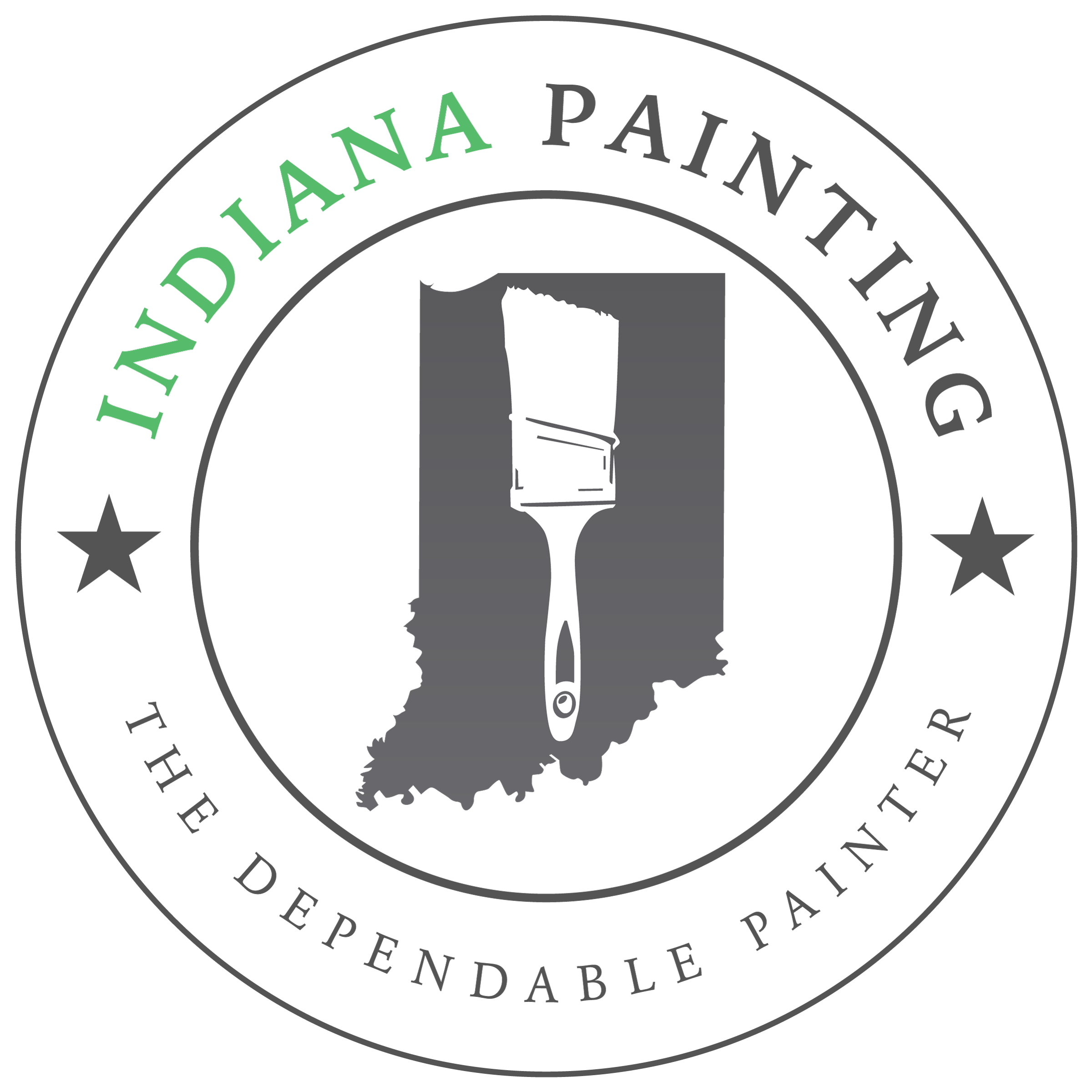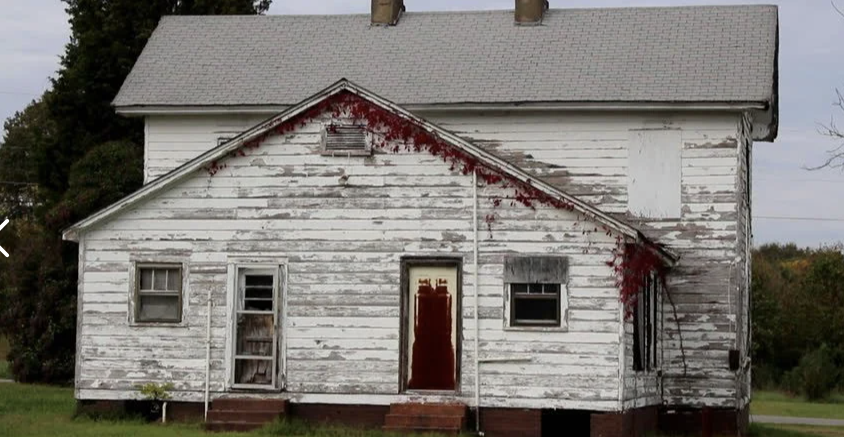Introduction
As colder months approach, it’s important to think about how your building is protected from the elements. Too often, property owners delay exterior maintenance, only to face far higher repair costs later. Paint and protective coatings aren’t just for looks—they serve as a shield against moisture, temperature swings, and structural deterioration. Waiting until after winter can mean you’re not just paying for a paint job, but also for expensive masonry, wood, or metal repairs that could have been avoided.
Concrete Block
Concrete masonry unit (CMU) block is especially vulnerable. Small cracks and pinholes in block can let water in, which then freezes and expands when temperatures drop. This leads to stair-stepping cracks as well as “spalling,” a process where the face of the block breaks off or flakes away, compromising both appearance and strength. Left unchecked, spalling can spread and cause serious structural issues that are costly to repair. The solution is straightforward: pressure wash away failed coatings, tuck-point cracks, block fill with a high-quality acrylic filler to fill all bare spots and pin holes, then finish with two coats of a durable acrylic paint. This system seals the surface, stops water intrusion, and ensures your block walls remain sound for years to come.
One major frustration we hear from building owners is when they’ve tried to hire low-budget painters who use a lower-quality block filler. These products don’t adhere properly to previously painted surfaces. Worse yet, they actually dissolve when exposed to moisture, defeating the entire purpose of the application. One of the indications that this inadequate repair was applied is that you’ll see paint starting to disbond from the block. Using a professional-grade acrylic filler designed for exterior masonry is the only way to ensure a lasting protective system.
Wood
Wood also suffers when neglected before winter. Exposed or weathered wood, especially where caulk has cracked out or paint has deteriorated, will take on moisture. Freeze-thaw cycles and constant moisture lead to rot, swelling, and eventual failure. A proper maintenance routine includes priming any bare wood, recaulking joints with a high-quality elastomeric caulk, and finishing with a durable exterior paint. By addressing these vulnerabilities now, you can avoid costly replacement of siding, trim, or fascia boards come spring.
Metal
Metal is another material that will deteriorate if left unprotected. Once exposed, bare steel will oxidize, and if left untreated, that rust spreads. Fortunately, prevention is simple. Sand the surface to remove failing coatings and rust, prime with a quality rust-inhibiting primer, and topcoat with a high-performance exterior paint. Taking the time to protect your doors, railings, or metal panels now can save you from the much bigger expense of replacing corroded components later.
Conclusion
In short, proactive maintenance before freezing weather sets in pays for itself. Painting and sealing your building’s surfaces isn’t just cosmetic—it’s an investment in protection. Addressing block, wood, and metal now prevents costly repairs in the future and ensures your property is ready to withstand another winter season. Are you ready to proactively protect your investment before winter sets in?





Leave A Comment